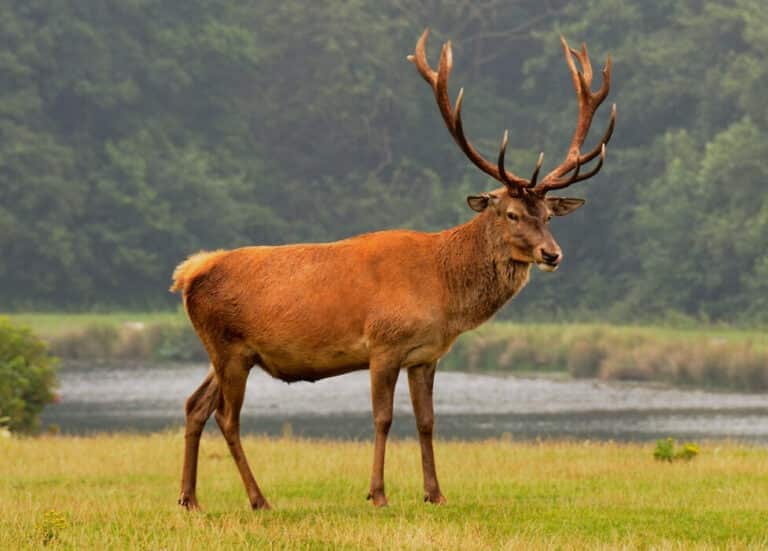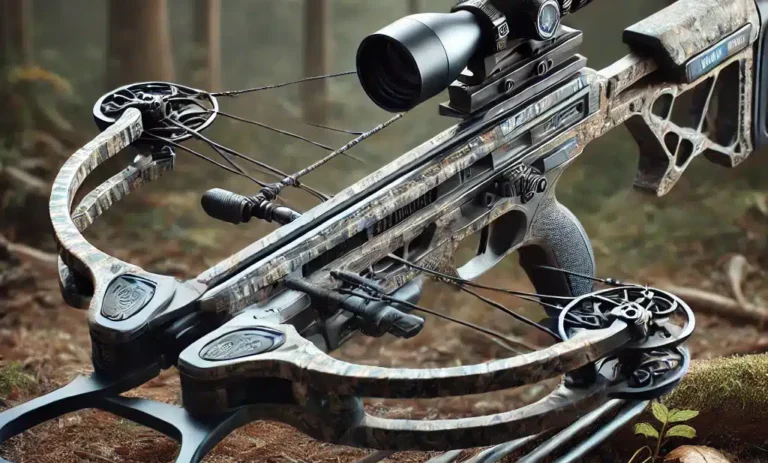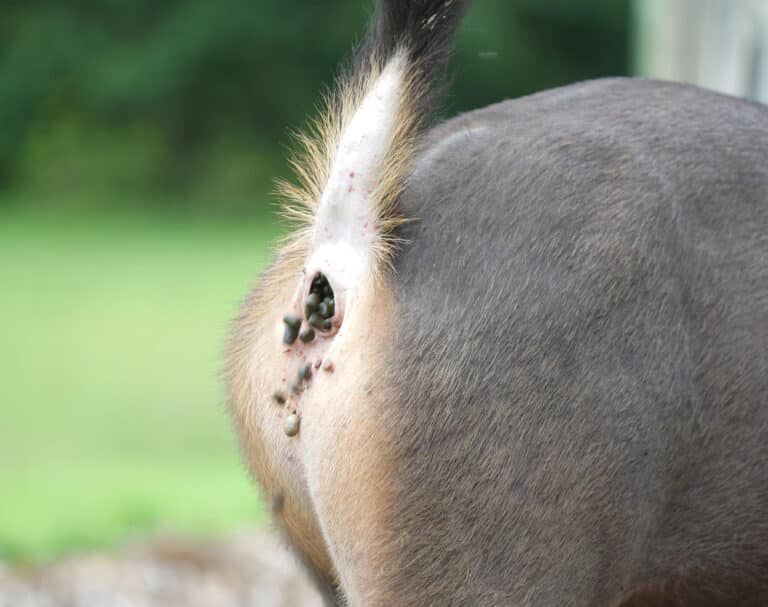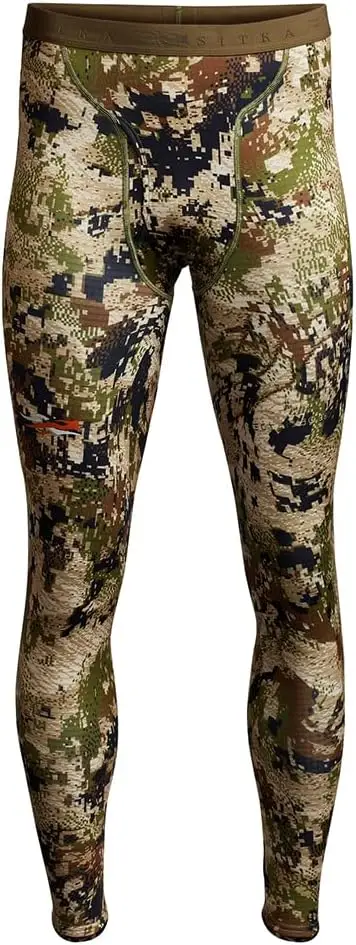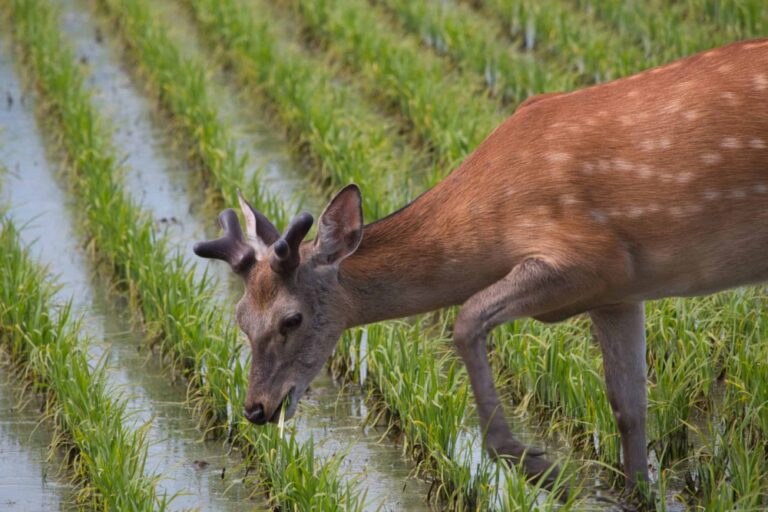The crisp autumn air fills your lungs as you trek through the woods, your trusty Stihl chainsaws in tow. You’ve spotted the perfect tree for your new hunting stand, but do you know the best way to turn that tree into your home away from home this season?
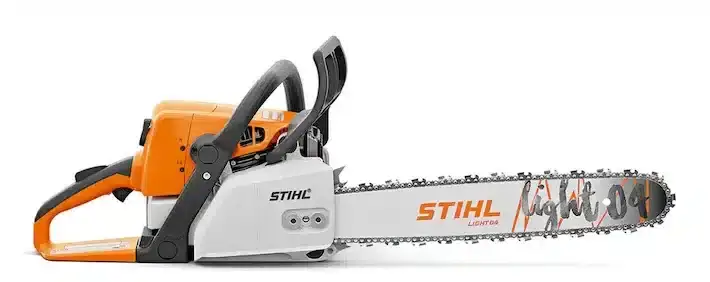
Whether you’re a seasoned hunter or just starting out, building a sturdy and safe hunting stand is crucial for a successful hunt. And when it comes to creating the perfect perch, your chainsaw is your best friend. But not all chainsaws are created equal, and not all cutting techniques will give you the results you want.
That’s where Stihl chainsaws come in. Known for their reliability and power, Stihl has been a go-to brand for hunters and outdoorsmen for years. But even with the best tool in your hands, you need to know how to use it right.
In this post, we’re going to share 5 powerful tips that will help you make the most of your Stihl chainsaw when building your next hunting stand. These aren’t just any tips – they’re the kind of advice that can make the difference between a wobbly platform and a rock-solid hunting haven.
So, grab a cup of coffee, settle in, and let’s dive into the world of Stihl chainsaws and hunting stand construction. By the time you finish reading, you’ll be ready to tackle your next stand-building project with confidence!
Tip 1: Choose the Right Stihl Chainsaw Model
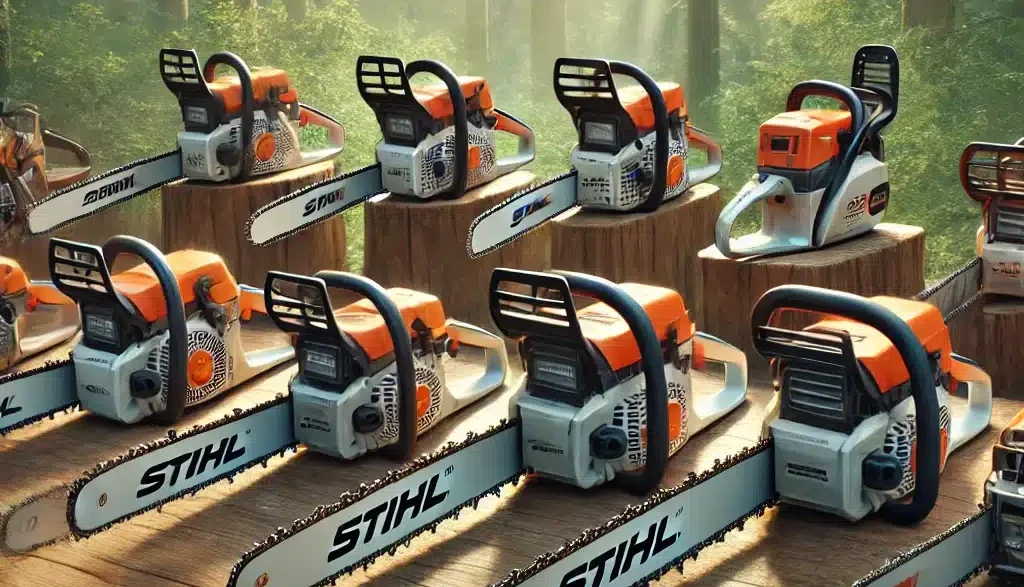
You’re standing before a thick oak tree, ready to start cutting, but your chainsaw struggles even to make a dent. Frustrating, right? That’s why picking the right Stihl chainsaw is super important.
Stihl offers several different chainsaw models, and choosing the right one can feel like trying to pick your favorite candy at a store—they all look good! But don’t worry—we’ve got your back.
When you’re looking for a chainsaw to build your hunting stand, keep these things in mind:
- Tree Size: Are you dealing with skinny saplings or big, beefy trees? A lighter chainsaw like the Stihl MS 170 might do the trick for smaller trees. But if you’re tackling the giants of the forest, you might want to look at something with more oomph, like the Stihl MS 271 Farm Boss.
- How Often You’ll Use It: If you build only one stand a year, you might not need the fanciest model. But if you tinker with your stands, investing in a more durable model could save you headaches down the road.
- Your Experience Level: If you’re new to using chainsaws, starting with a smaller, easier-to-handle model is smart. You can always upgrade to a bigger saw as you get more comfortable.
Some popular Stihl models that hunters swear by include:
- Stihl MS 250: This bad boy is a great all-around saw. It’s not too heavy, but it’s got enough power to handle most jobs.
- Stihl MS 391: If you need more muscle, this model is a favorite among hunters dealing with bigger trees.
Remember, the best chainsaw is the one that feels comfortable and safe in your hands. Don’t be afraid to visit a Stihl dealer and try holding a few different models. It’s like Goldilocks – you want to find the one that feels just right!
Tip 2: Safety First – Gear Up!
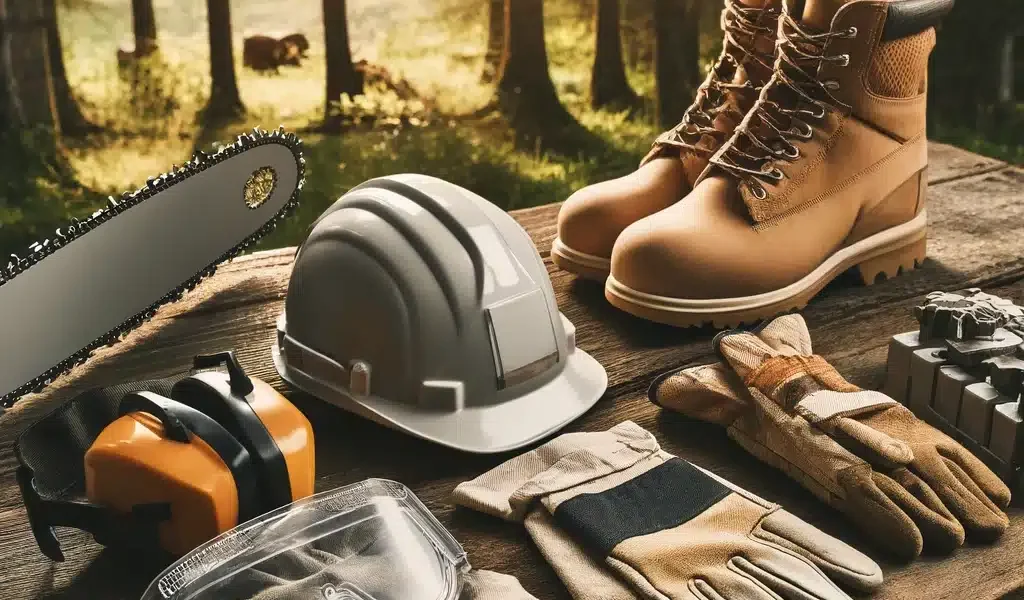
Let’s talk about something less exciting than revving up your new Stihl chainsaw, but safety gear is way more important. Yeah, I know, it’s tempting to grab your saw and go to town on that tree. But trust me, taking a few minutes to gear up can save you a lot of trouble.
Think of it this way: You wouldn’t go hunting without your orange vest, right? Well, using a chainsaw without the right gear is just as risky. So let’s break down what you need:
- Helmet: Protect that noggin of yours! A good forestry helmet will shield your head from falling branches (we call those “widow-makers” for a reason).
- Eye Protection: Your eyes are important for aiming at deer. Wear safety glasses or a face shield to remove sawdust and wood chips.
- Ear Protection: Chainsaws are loud. Like, loud. Earplugs or earmuffs will help you avoid saying “What?” to everything your hunting buddies say later.
- Gloves: Get a pair with a good grip. They’ll help you handle the saw better and protect your hands from vibrations and scratches.
- Chaps or Cut-Resistant Pants: These might look goofy, but they can stop a chain if it slips. It’s way better than trying to explain leg scars to your kids.
- Steel-Toed Boots: Your toes will thank you if you accidentally drop a log (or your chainsaw).
Now, once you’re geared up like a chainsaw superhero, remember these basic safety tips:
- Always hold the saw with both hands
- Keep your feet planted firmly on the ground
- Don’t cut with the tip of the saw (that’s how kickback happens)
- Take breaks when you’re tired (fatigue and chainsaws don’t mix)
Remember, the goal is to build a hunting stand, not star in your episode of “Wildest ER Stories.” Gear up, stay alert, and you’ll enjoy that new stand in no time!
Tip 3: Proper Cutting Techniques
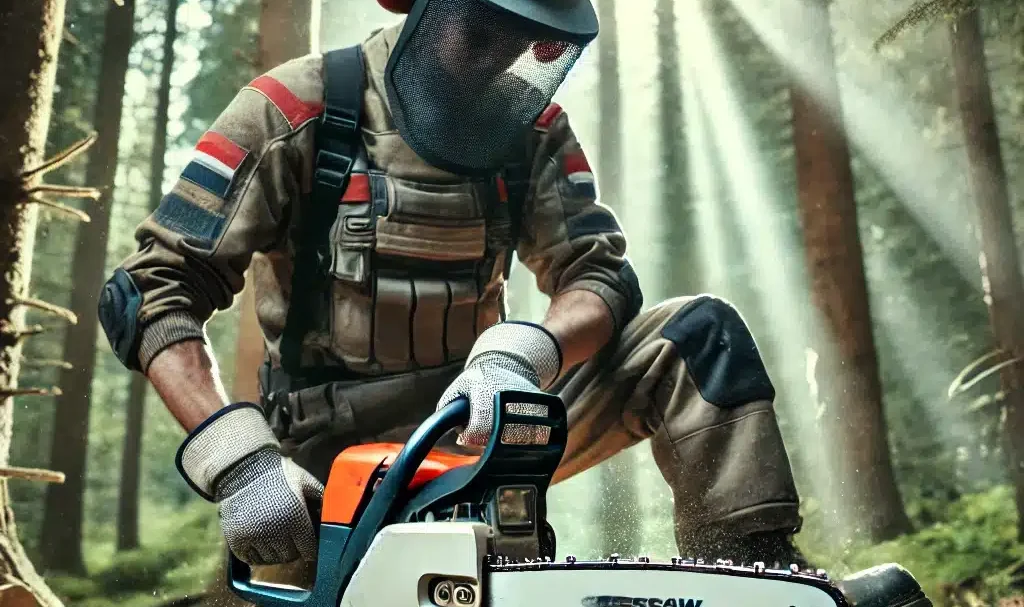
Okay, you’ve got your Stihl chainsaw decked out in safety gear. Now comes the fun part – cutting those trees! But hold your horses, Paul Bunyan. Before you start swinging that saw around, let’s talk about how to make clean, accurate cuts without turning your future hunting stand into a pile of toothpicks.
First things first: the felling cut. This is the big one that brings the tree down. Here’s how to do it right:
- Make a face cut: This is like giving the tree a mouth on the side you want it to fall towards. Cut downward at a 45-degree angle, then make a horizontal cut to meet the first one. It should look like a big wedge.
- The back cut: On the tree’s opposite side, cut straight in, slightly above the bottom of your face cut. Leave a little bit of wood between the back cut and the face cut – this is called the hinge, and it helps control the fall.
- As the tree starts to fall, shut off your saw and scram! Remember that escape route you planned? Use it!
Now, for smaller branches and logs for your stand:
- Use the bottom of the bar (near the engine) to cut downward. This pulls the saw into the wood and gives you more control.
- For thick branches, cut on the underside first, then cut down from the top. This prevents the bark from tearing.
- To avoid kickback, keep the saw’s tip clear of other branches or logs.
Speaking of kickback – that’s when the tip of the chain hits something, and the saw jumps back at you. It’s about as fun as it sounds (spoiler: not fun at all). To t:
- Always cut with the lower part of the bar, not the tip.
- Keep your left arm straight to brace against kickback.
- Use your thumb to wrap around the top handle for a firm grip.
Remember, slow and steady wins the race. Don’t try to force the saw through the wood – let the chain do the work. If you’re pushing hard, your chain might be dull (we’ll talk about sharpening in the next tip).
You’ll make clean, precise cuts like a pro with these cutting techniques. Your hunting stand will be the envy of the forest!
Tip 4: Maintain Your Chainsaw for Peak Performance
Alright, hunters, let’s discuss keeping your Stihl chainsaw in tip-top shape. Think of your saw like your favorite hunting rifle—take care of it, and it’ll take care of you when you need it most.
Regular maintenance isn’t just about making your saw last longer (though it’ll do that too). It’s about safety and getting the job done right. A well-maintained chainsaw cuts better, which means less work for you and less chance of accidents. Win-win!
Here’s your quick and dirty guide to chainsaw TLC:
- Please clean it up: Give your saw a good once-over after each use. Brush off sawdust and gunk from the chain, bar, and around the engine. It’s like washing your hands after a day in the woods – it makes sense.
- Check the chain tension: A loose chain is asking for trouble. It should fit snugly against the bar but still move freely when you pull it. Adjust it according to your Stihl manual if it’s sagging or too tight.
- Keep it sharp: A dull chain is about as useful as a butter knife at a steak dinner. Here’s a quick way to tell if your chain needs sharpening:
- Is it throwing dust instead of chips?
- Are you pushing harder to cut?
- Is the cut crooked? If you answered yes to any of these, it’s sharpening time!
- Sharpen the chain: You can do this with a round file and a steady hand. Each tooth gets a few strokes at the same angle every time. Most outdoor or hardware stores offer sharpening services if you’re not confident in your filing skills.
- Check the air filter: A clogged filter makes your saw work harder than necessary. Clean it if it’s dirty, or replace it if it’s damaged.
- Mix fresh fuel: Old gas can gum up your saw’s engine. Mix fresh fuel with the right oil ratio (check your manual) and use it within a month.
- Lubricate: Keep that chain oil reservoir filled. A well-oiled chain cuts smoother and lasts longer.
Remember, a little bit of maintenance goes a long way. Spend a few minutes cleaning your saw after each use, and it’ll be ready to go when you spot that perfect tree for your next stand.
Tip 5: Plan Your Stand Design Before Cutting
We’ve covered choosing your Stihl chainsaw, staying safe, making proper cuts, and keeping your saw in shape. Now, let’s talk about something that happens before you even fire up that saw – planning your hunting stand.
You wouldn’t start building a house without a blueprint, right? Well, the same goes for your hunting stand. A little planning goes a long way in ensuring your stand is safe, comfortable, and perfect for spotting that trophy buck.
Here’s how to plan like a pro:
- Scout your location: Before cutting, spend some time in your hunting area. Look for:
- Natural game trails
- Food sources (acorn-producing oaks, anyone?)
- Water sources: The perfect tree might not be the biggest one, but it has the best view of where the deer hang out.
- Choose your tree wisely. Look for a healthy, sturdy tree with thick branches that can support your weight. Avoid dead trees or those with signs of disease—these are accidents waiting to happen.
- Sketch it out: You don’t need to be Picasso here. A simple drawing showing the tree, the main support branches, and where you want to place the platform and seat is enough. This will help you visualize what cuts you need to make.
- Measure twice, cut once: Before you start cutting, measure everything. How high do you want your stand? How wide should the platform be? Write these numbers down – remembering measurements while balancing in a tree is no fun.
- Consider comfort: Yeah, you’re roughing it, but that doesn’t mean you must be miserable. Plan for:
- A seat wide enough to shift your weight during long waits
- A footrest to reduce leg fatigue
- A spot for your gear
- Safety features: Plan to include:
- Sturdy railings (your future self will thank you on windy days)
- A solid way to anchor your safety harness
- A clear, easy path for climbing up and down
- Test your design: Try mimicking your planned movements in a similar tree on the ground before cutting. Can you comfortably turn to cover all angles? Is everything within reach?
Remember, the best hunting stand keeps you safe, hidden, and in the right spot to bag that deer. Take your time planning, and the building part will be a breeze!
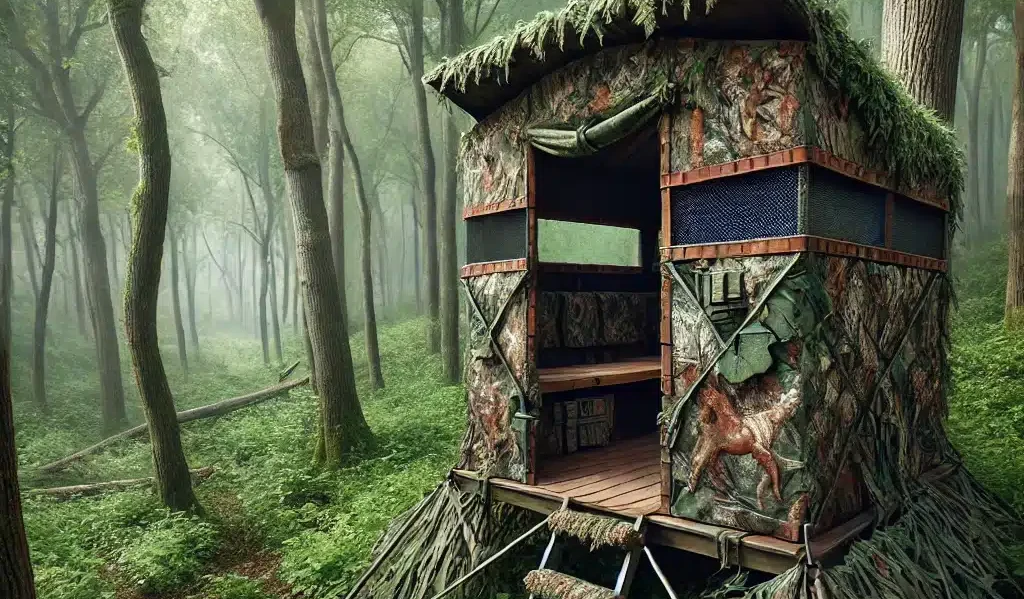
Wrapping It Up Your Path to the Perfect Hunting Stand
Well, fellow hunters, we’ve covered a lot of ground today. From choosing the right Stihl chainsaw to planning your dream stand, you’re now armed with the knowledge to tackle your next hunting stand project like a pro.
Let’s take a quick look back at what we’ve learned:
- Picking the right Stihl chainsaw is like choosing the right hunting buddy – it can make or break your experience.
- Safety gear isn’t just for show – it’s your best defense against the unexpected.
- Proper cutting techniques keep you safe and your stand sturdy.
- A well-maintained chainsaw is reliable; give it some love, and it’ll return the favor.
- Planning saves you time, energy, and potential headaches once you’re in that tree.
Building a hunting stand isn’t just about creating a place to sit and wait for deer. It’s about crafting your little slice of hunting heaven – a spot where you can connect with nature, enjoy the forest’s peace, and hopefully, bag that trophy buck you’ve been dreaming about.
So, grab your Stihl chainsaw, gear up, and get out there. With these tips in your back pocket, you’re ready to create a hunting stand that’s safe, comfortable, and perfect for your needs. Who knows? This might be the year you build the stand that leads to your best hunting story yet.
Happy hunting, and may your aim be true!

